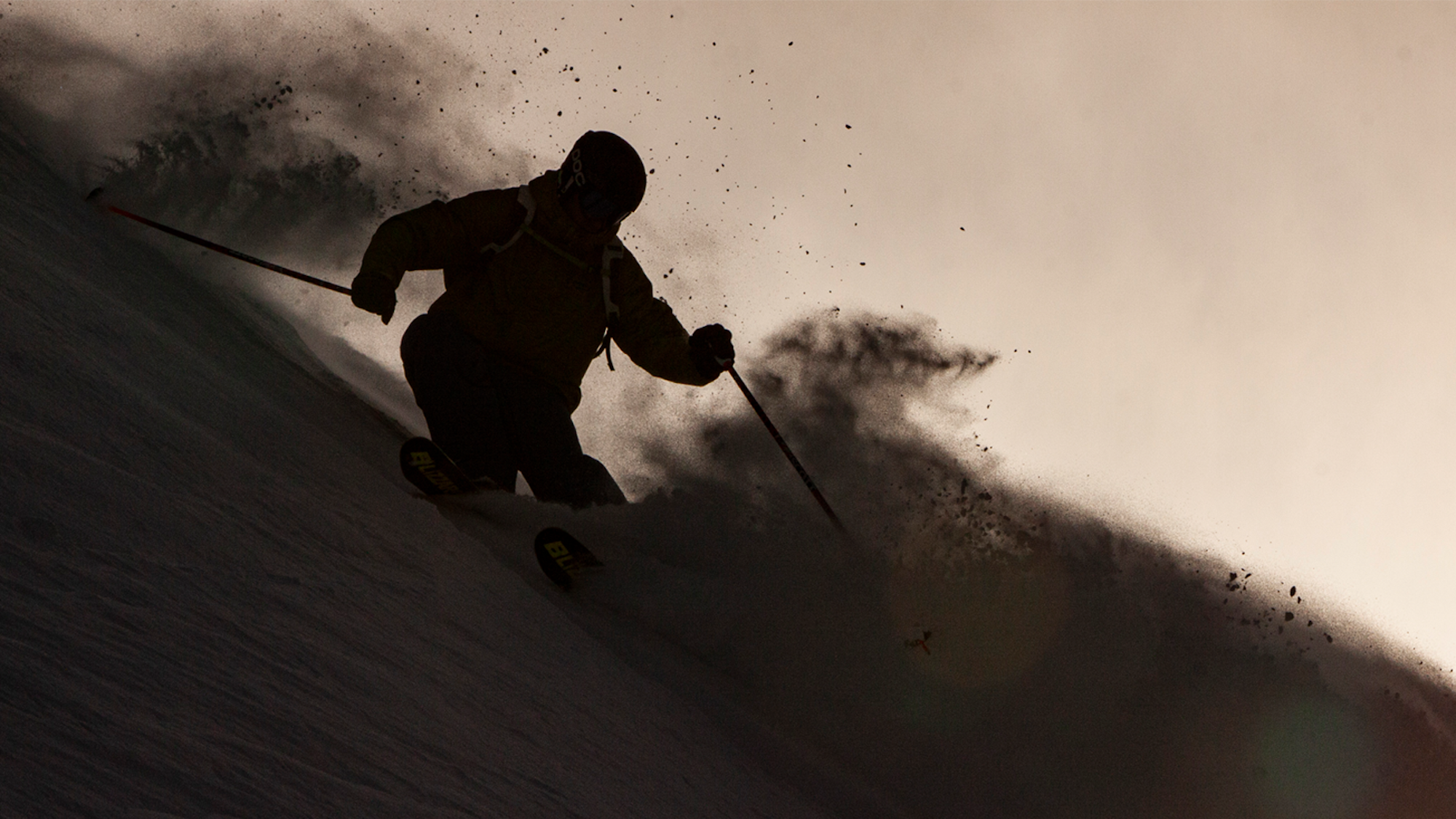WORDS • Samuel J. Taggart | PHOTOS • Frank Shine
It was the mid-2000s when Blizzard Skis got a serious boost. The Austrian ski company was already one of the quintessential labels in the sport—it had been manufacturing race skis for downhillers since the late 1940s—but the brand, based in Mittersill, was reaching a plateau. Its skis were being held proudly above the heads of ski racers who’d reached the podium on the global circuit, but that was nothing new. Blizzard had been engineering winning skis for years.
Blizzard was just opening its eyes past ski racing. There was a burgeoning side to skiing that had attitude, spunk and was captivating a new generation of skiers. FREERIDING: Big-mountain skiing with a flowing, freestyle feel. Tight loose.
Locals at expert ski areas like Jackson Hole, Wyoming, and Squaw Valley, California, heard the call first; beginning with the Jackson Hole Air Force, skiers like Doug Coombs and Scot Schmidt were then (c. 2010) being emulated by the likes of Seth Morrison and JP Auclair. Competition circuits like the Freeskiing World Tour held events across North America and Europe and local brand representatives doubled as semi-professional athletes. Freeskiing’s underground beginnings had graduated to the big business and Blizzard Skis, looking to revamp its program, wanted to be a part of it. But the brand had to break into a side of skiing it had only yet seen from afar, and it was forcing ski-makers to reevaluate ski construction from the ground up.
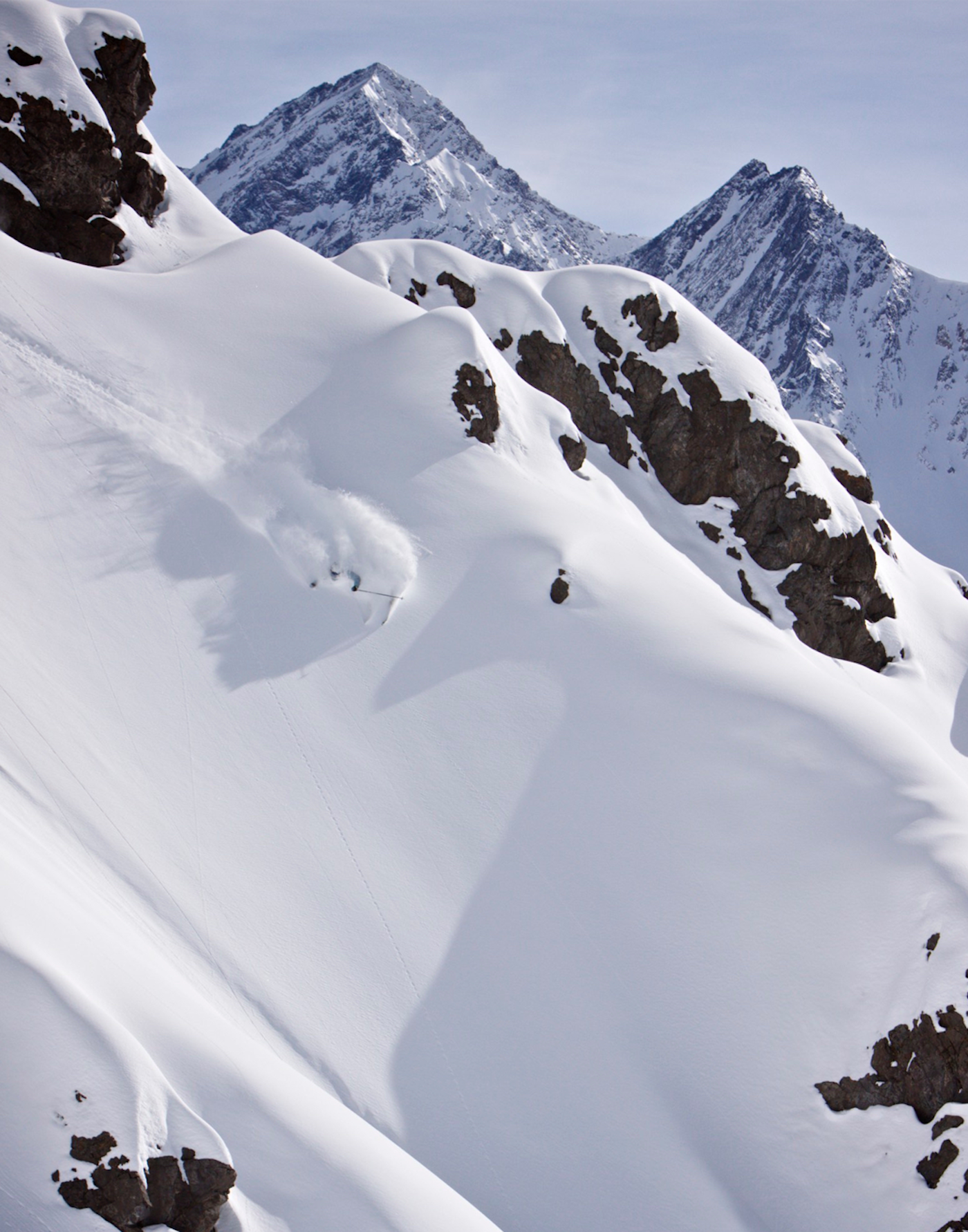
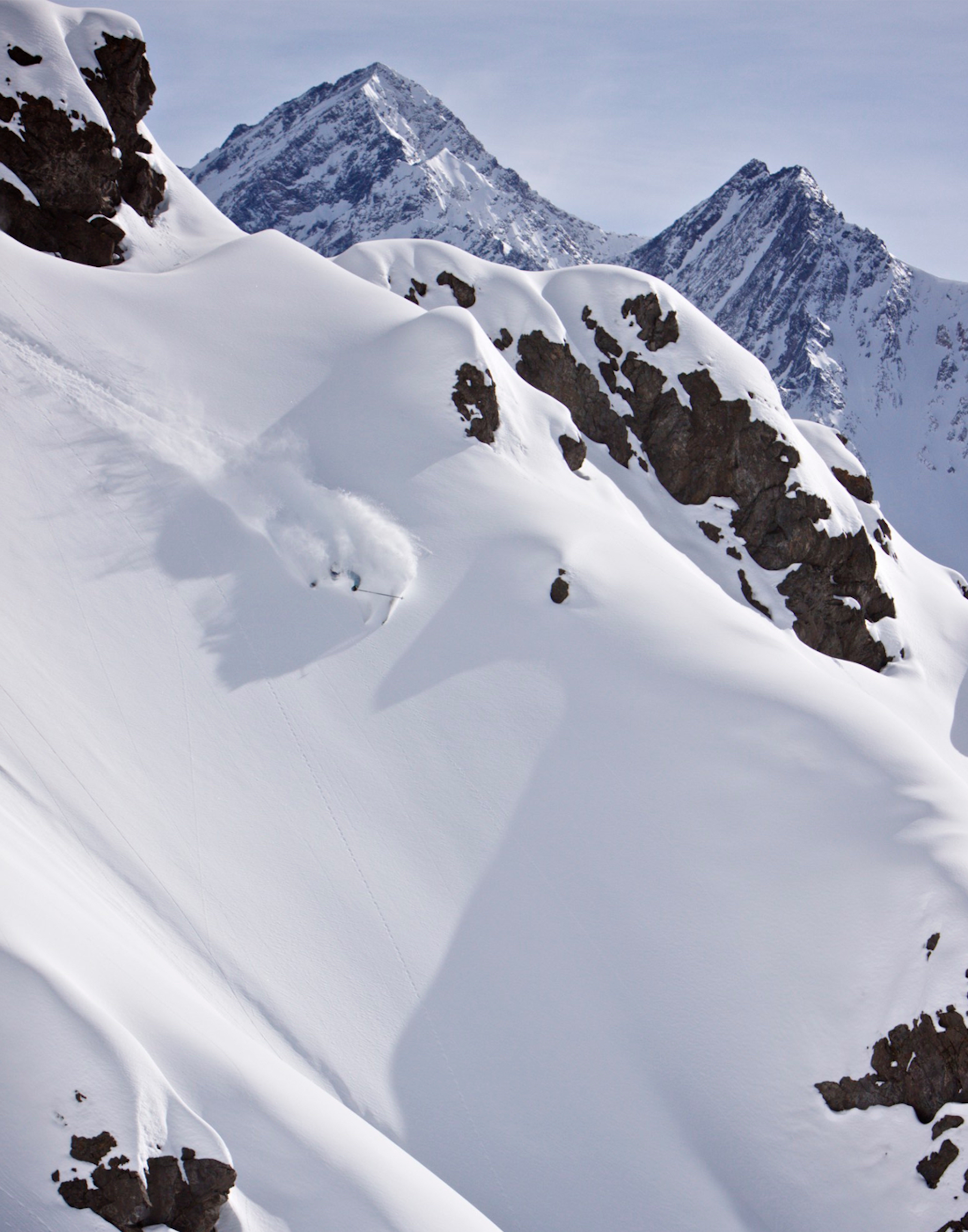
Arne Backstrom scoring on a big-mountain face in Portillo, Chile.
“We had the Titan Argos and the Titan Kronos and those kinds of [skis]… and we had different systems to try to make them a little softer and bend a little easier. But, basically, what we had were wide race skis, with a full wood core, metal in-lays and super strong sidewall construction,” Jed Duke, director of product marketing at Blizzard, said about the brand’s first iterations of big-mountain, off-piste skis. “Taking that concept and seeing what was happening with rocker [technology], we wanted to bring those two things together—to get that [deep snow] performance but make them easy-to-use.”
To receive feedback and exposure on the hill, Blizzard relied on a grassroots strategy that involved getting the “right” skiers on its new breed of freeride skis. Amongst the ski patrollers and local heroes that Blizzard placed on its first-editions in the mid-2000s was Arne Backstrom, one of skiing’s fastest up-and-coming freeride and big-mountain stars.
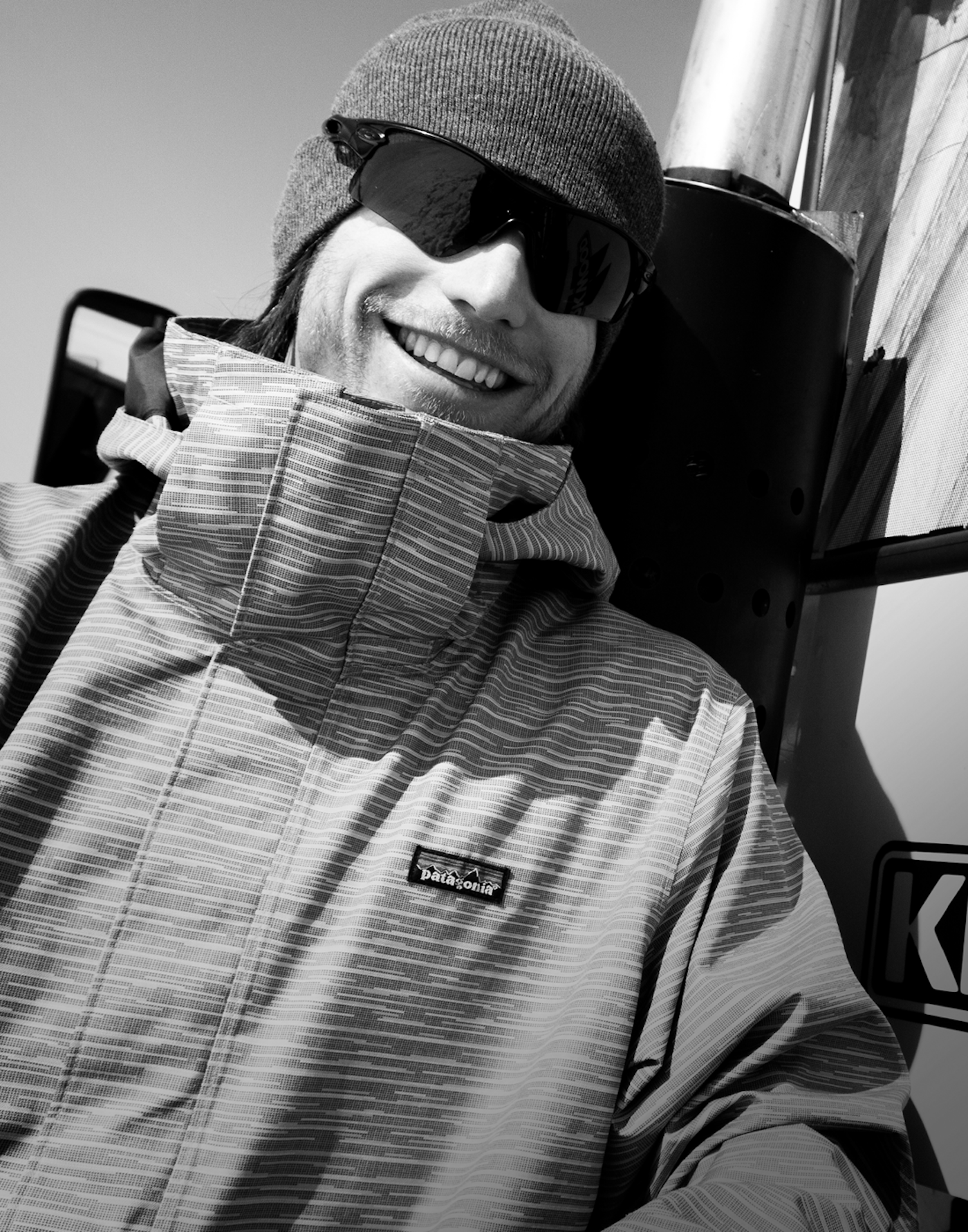
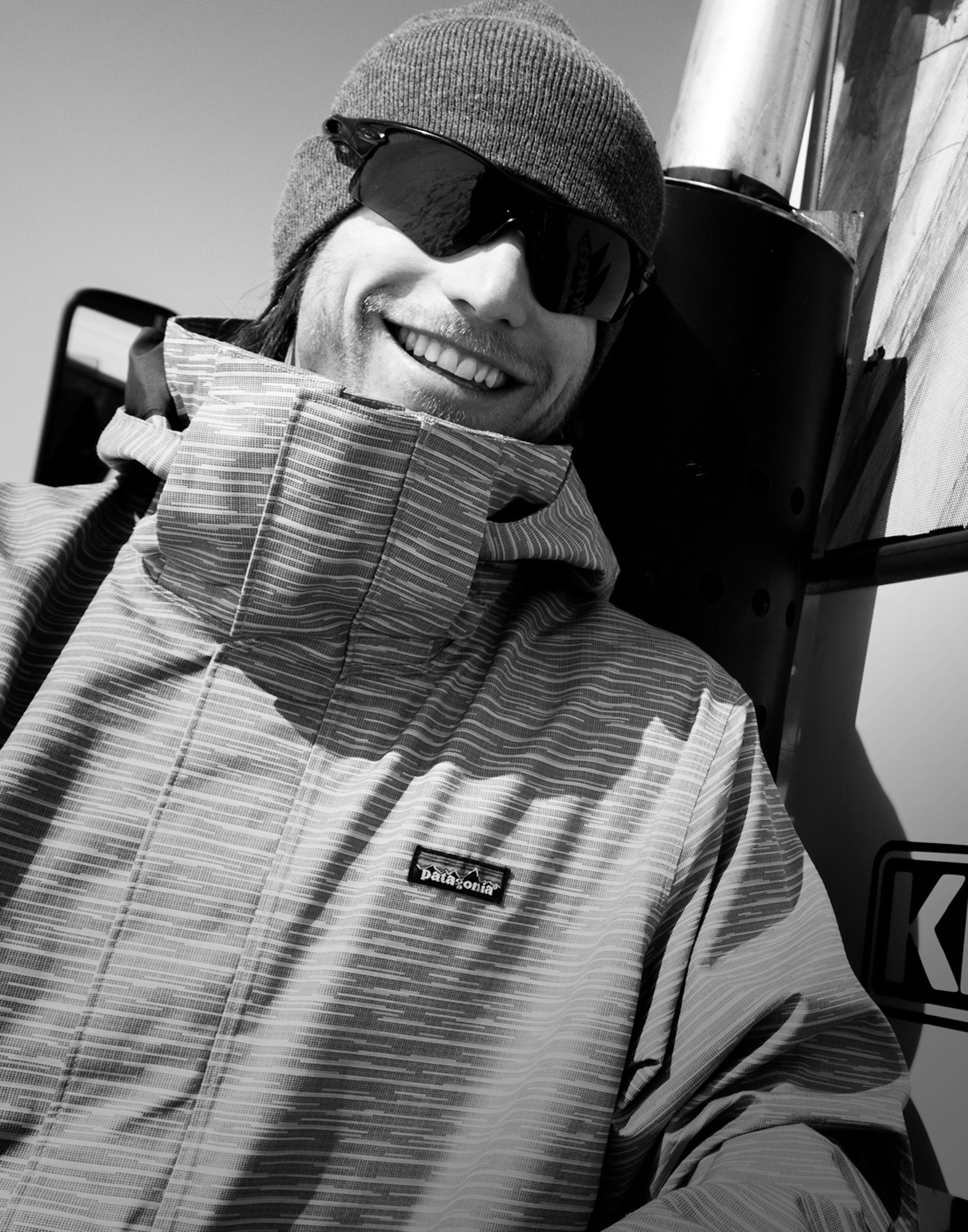
Arne Backstrom at Kirkwood Mountain in California.
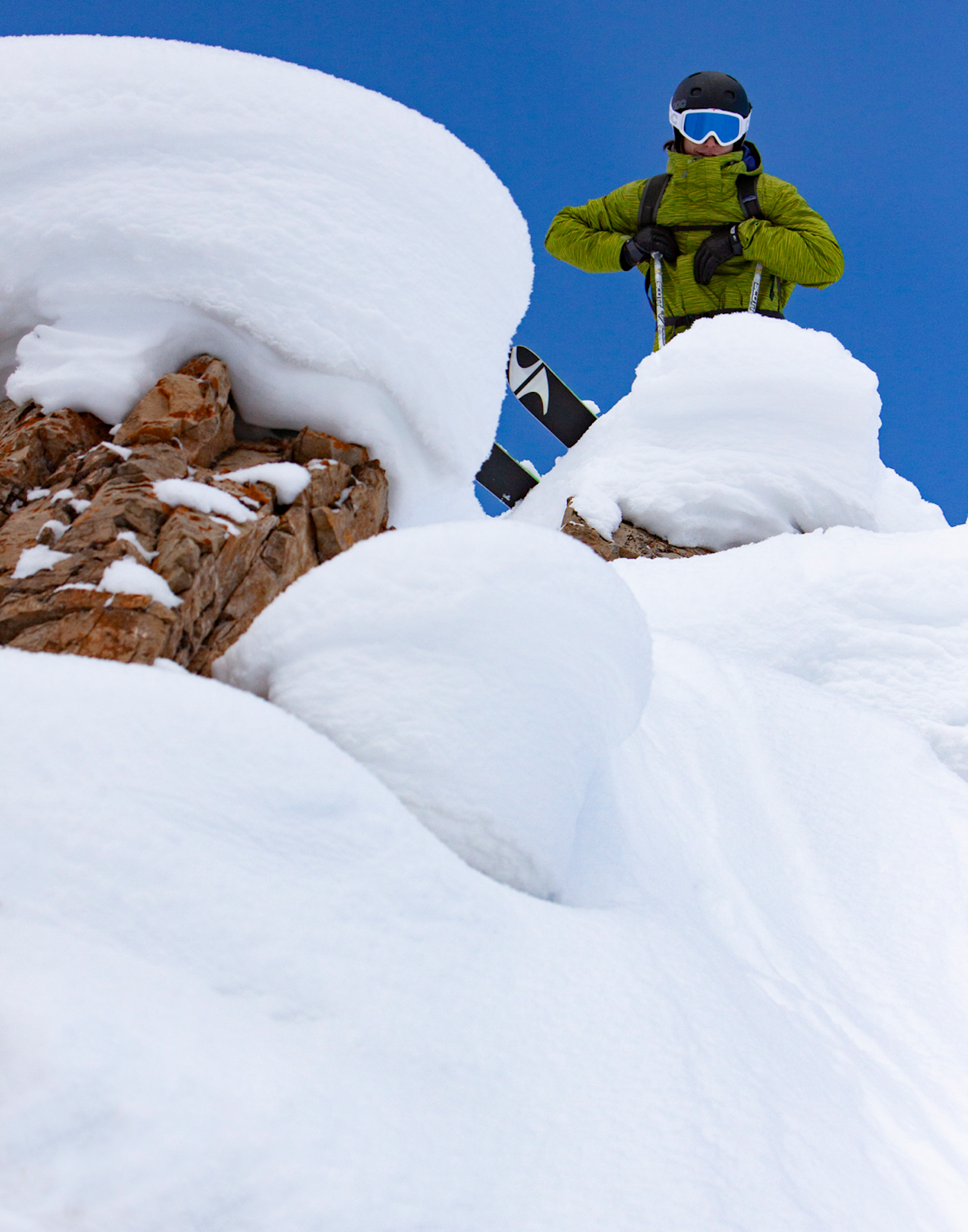

Arne Backstrom was a born-skier and quickly made a name for himself in the ski industry.
Born in Seattle, Washington, Arne grew up skiing at Crystal Mountain—a 75-mile commute from home—with his parents, Steve and Betsy, and siblings, Ingrid and Ralph (who are currently professional athletes), raced and competed to great acclaim through his collegiate years at Whitman College, spent winters after university skiing in Europe, namely Chamonix, then moved to Squaw Valley, California, in this twenties to join the ranks of KT-22’s lift line as it stacked up before dawn on a powder day.
Arne’s skiing style was fluid, smart and confident, born out of his childhood: formative days that involved family trips from Seattle to ski every weekend, no matter the conditions. But he grew into an accomplished mountaineer, decorated player in the competition scene and got more involved in the nature-first lifestyle that skiing inspired. “He had a way on skis where he just wasn’t afraid of anything… in a way where he could see the line and understand it,” expressed Duke, a friend of Arne’s through working at Blizzard. “You usually don’t hear the word ‘grace’ describing freeride athletes, but he could ski and make it look simple.”
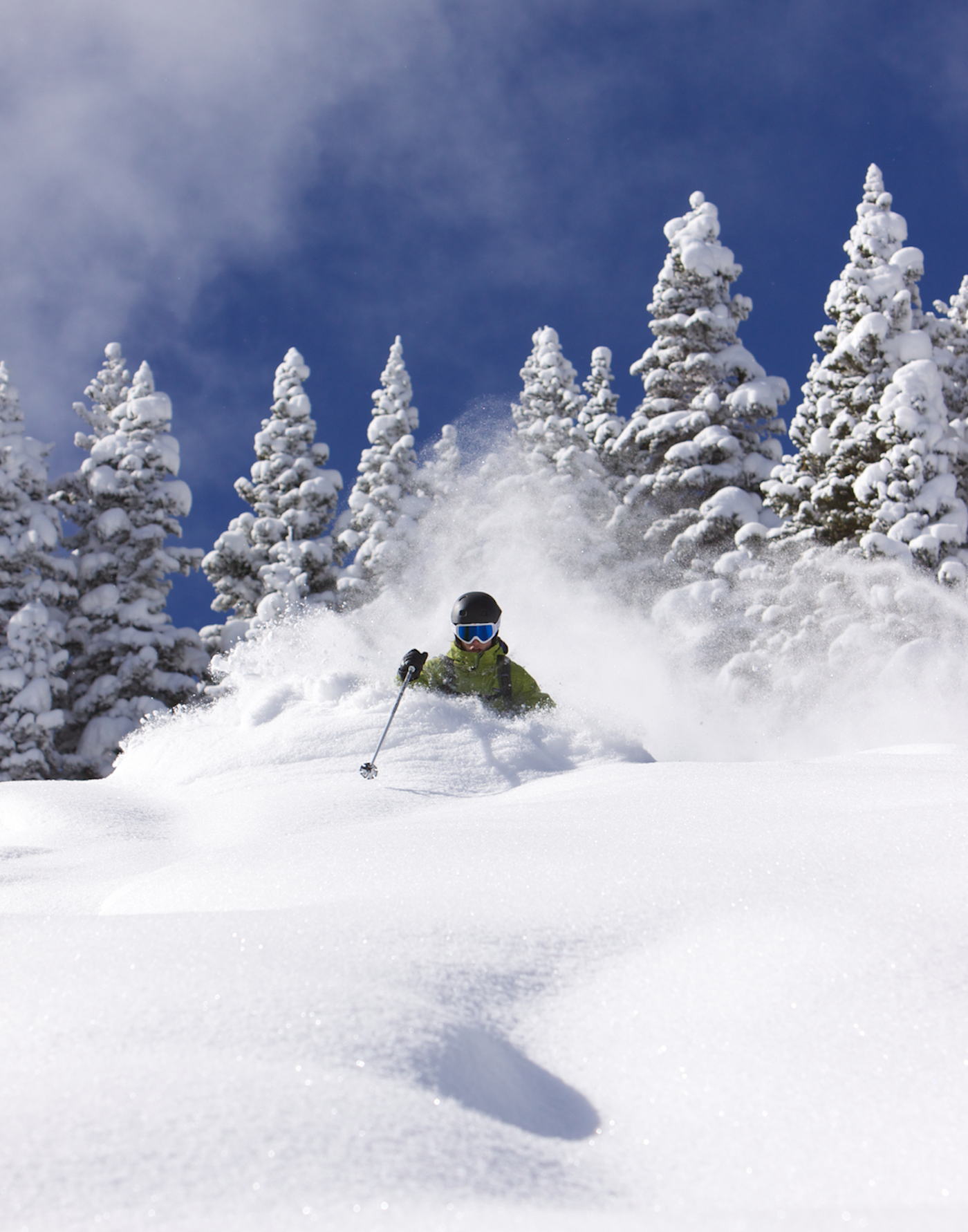
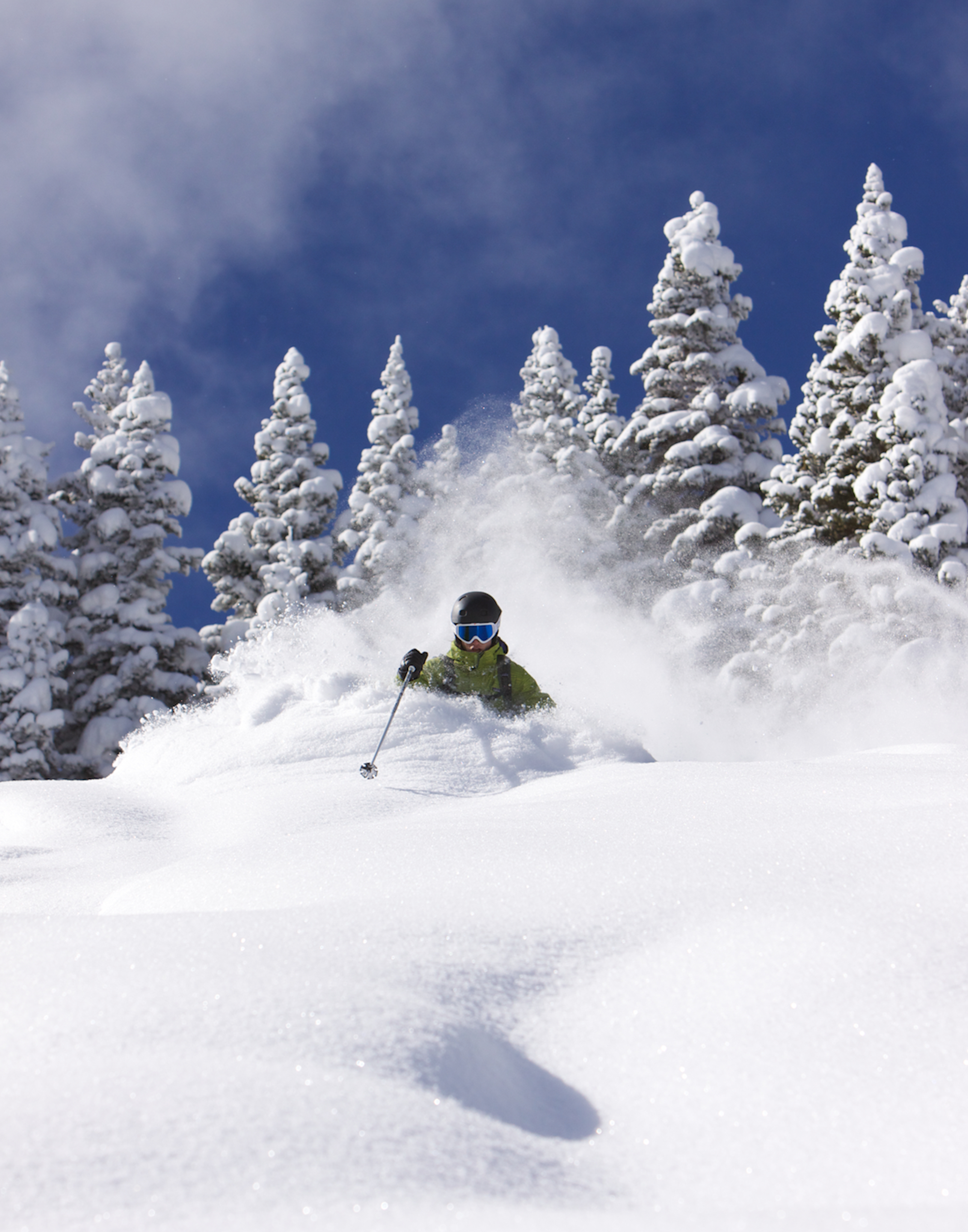
Making skiing look simple was easy for Arne Backstrom.
Arne was a logical thinker, a problem solver, who saw the world through a lens of curiosity. A chemistry major in college with an interest in engineering, he was also an inherent tinkerer, always modifying his ski equipment. “He loved to fix [things]; he made his own boot—took a Tecnica plug boot put Dynafit soles on ‘em!” commented Steve Backstrom, Arne’s father during a phone interview. “He could just intuitively tell what would make a ski work better.”
Arne’s tight friendship with a Blizzard rep gave him a leg-up, a personal connection to the brand’s engineers, an avenue to flex his engineering talents, an audience to listen to his interpretations, how ski equipment could be improved. One day, Arne was at the bar considering how to refine rockered ski technology, pondering the similarities of water and deep powder snow—fluid dynamics, for short. Jed Duke recalled Arne’s original idea, which he’d written up on a napkin à la the Stonehenge model in Spinal Tap. “What if you made a ski that’s like a boat hull but actually build it that way? Let’s not jam it into that shape through bending… let’s not force it,” suggested Arne to the team at Blizzard.
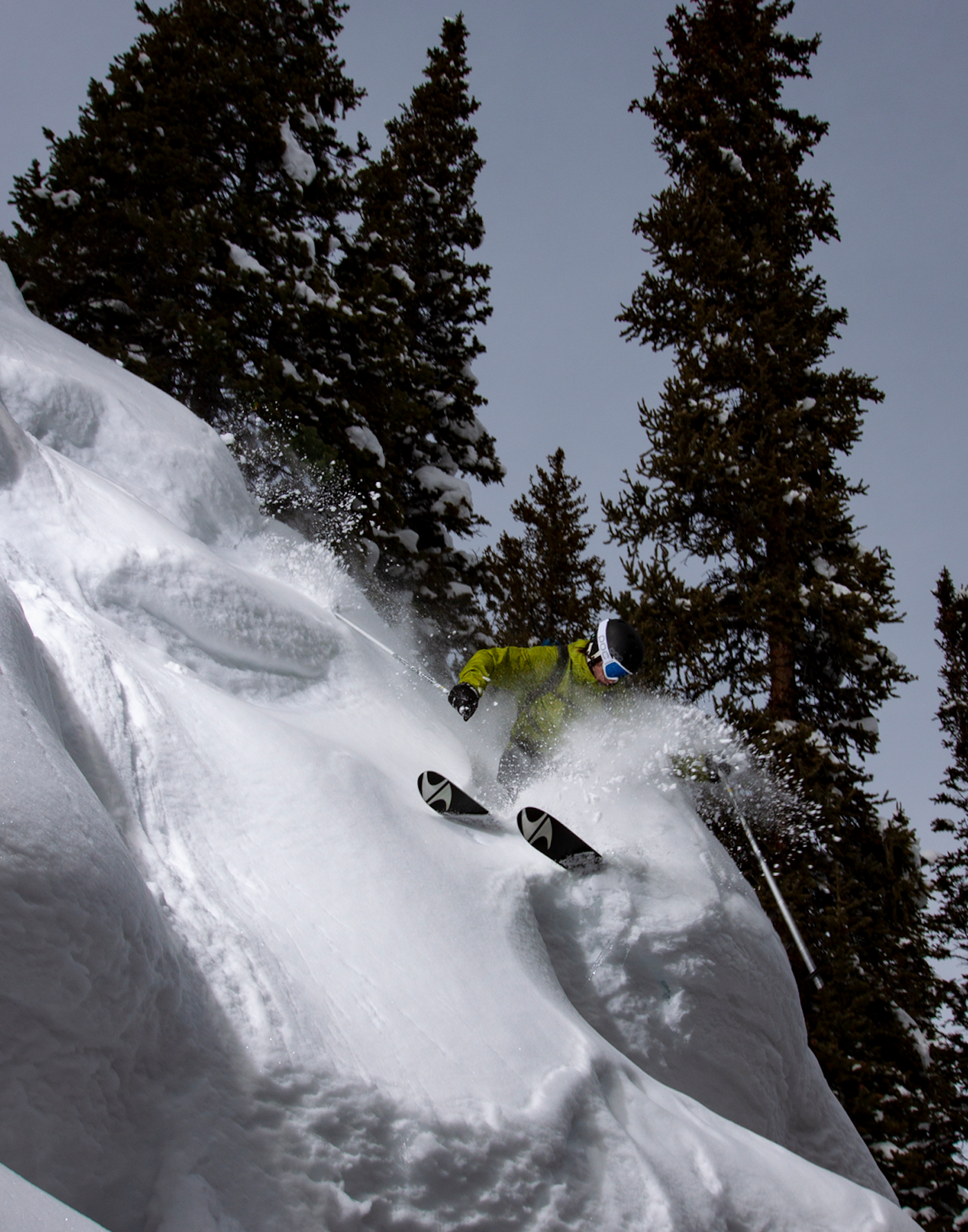
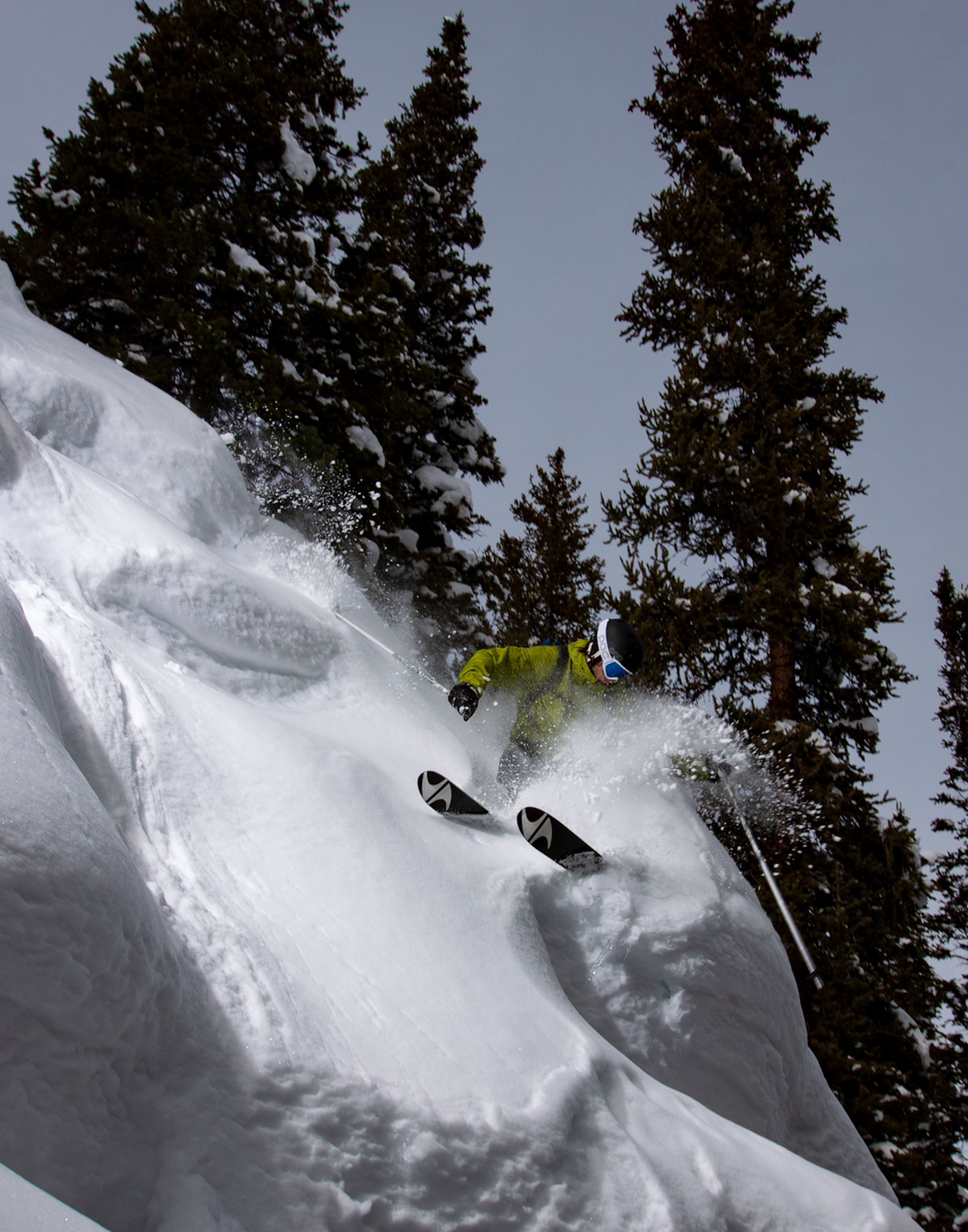
Arne Backstrom slashin’ on early prototypes of Blizzard FlipCore skis.
When this conversation was taking place around ten years ago, rockered skis were, essentially, broken by the manufacturers immediately after they were built. The first iterations were created in the same big-bolt presses as race and piste-focused skis then heated an additional time in a “bending bar” and re-sculpted—bent—into the trademark upwards curving U-shape of a rockered ski. It touches on physics (how the ski functions under pressure) and its natural state of being (how its materials maintain their shape once formed)—but, most importantly, the ski’s materials didn’t want to be reshaped and, as a result, the skis’ performance was limited.
Arne’s idea was immediately considered by Blizzard’s designers, who hashed out engineering quirks and other aspects of the modified construction process Arne had suggested. Quite quickly, the process was coined FlipCore and it would prove to be game-changing for nearly 70-year-old Austrian brand. The revolutionary suggestion was first implemented on Cochise prototypes, “so, [Arne] knew that the idea was good,” chuckled Steve Backstrom over the phone. “They’re [also] still selling the Bodacious, which has his signature on it.”
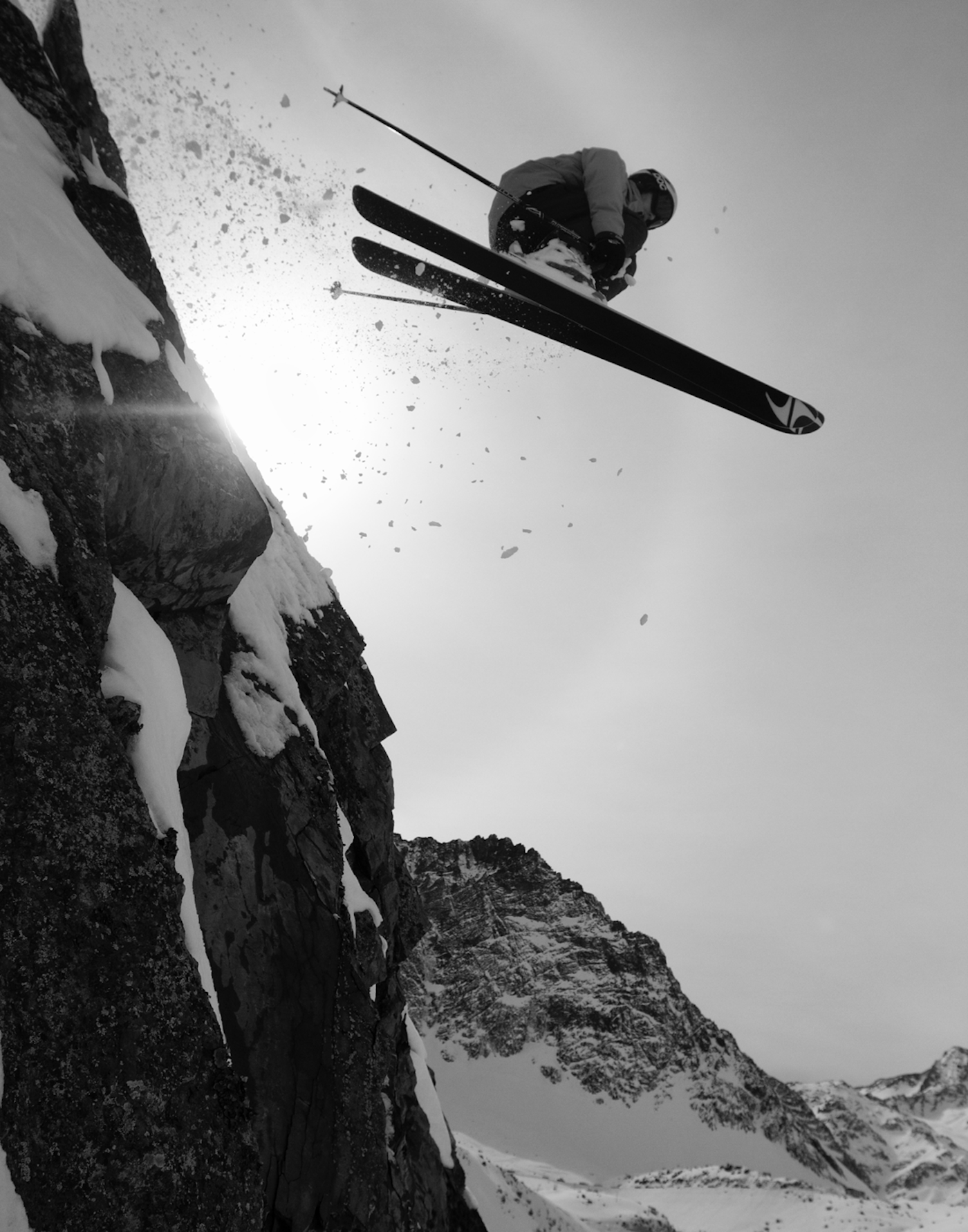

Arne Backstrom had a knack for scoping and stomping big drops.
Almost immediately, Blizzard went from freeride outsider to innovative trendsetter. First featured to consumers on the 2011 Cochise, the new ski-making process emphasized the importance of shaping raw materials—the base, sidewalls, wood core, etc.—into their final, rockered shape prior to the ski being put into the press. Most importantly, Arne suggested that the wood core of the ski be “flipped” after it was milled (hence the name) to ensure the flex and feel of the ski were as balanced and natural as possible once pressed. The idea won back-to-back ISPO awards for its experimental nature and, ten years later, Blizzard’s FlipCore remains unchanged.
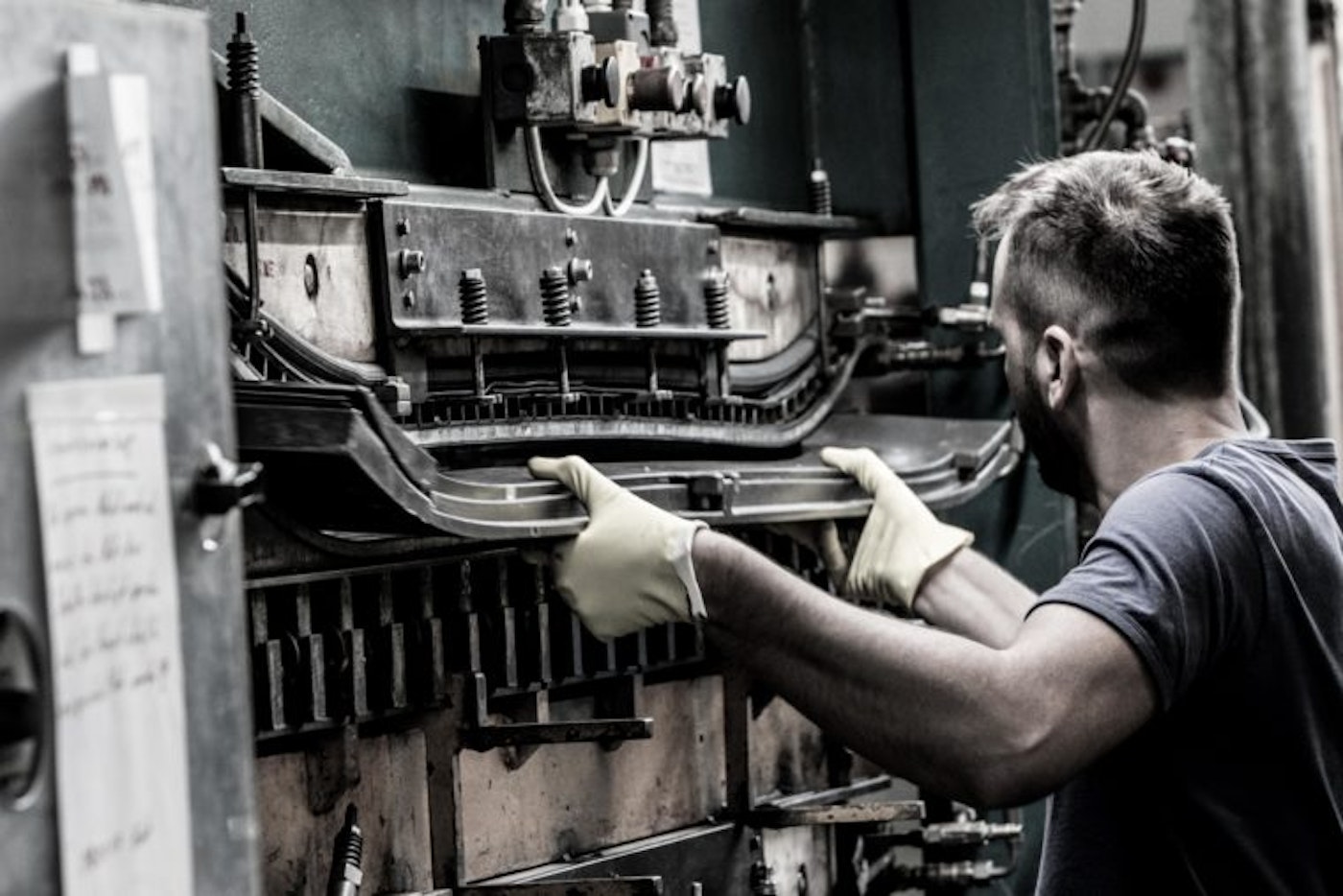
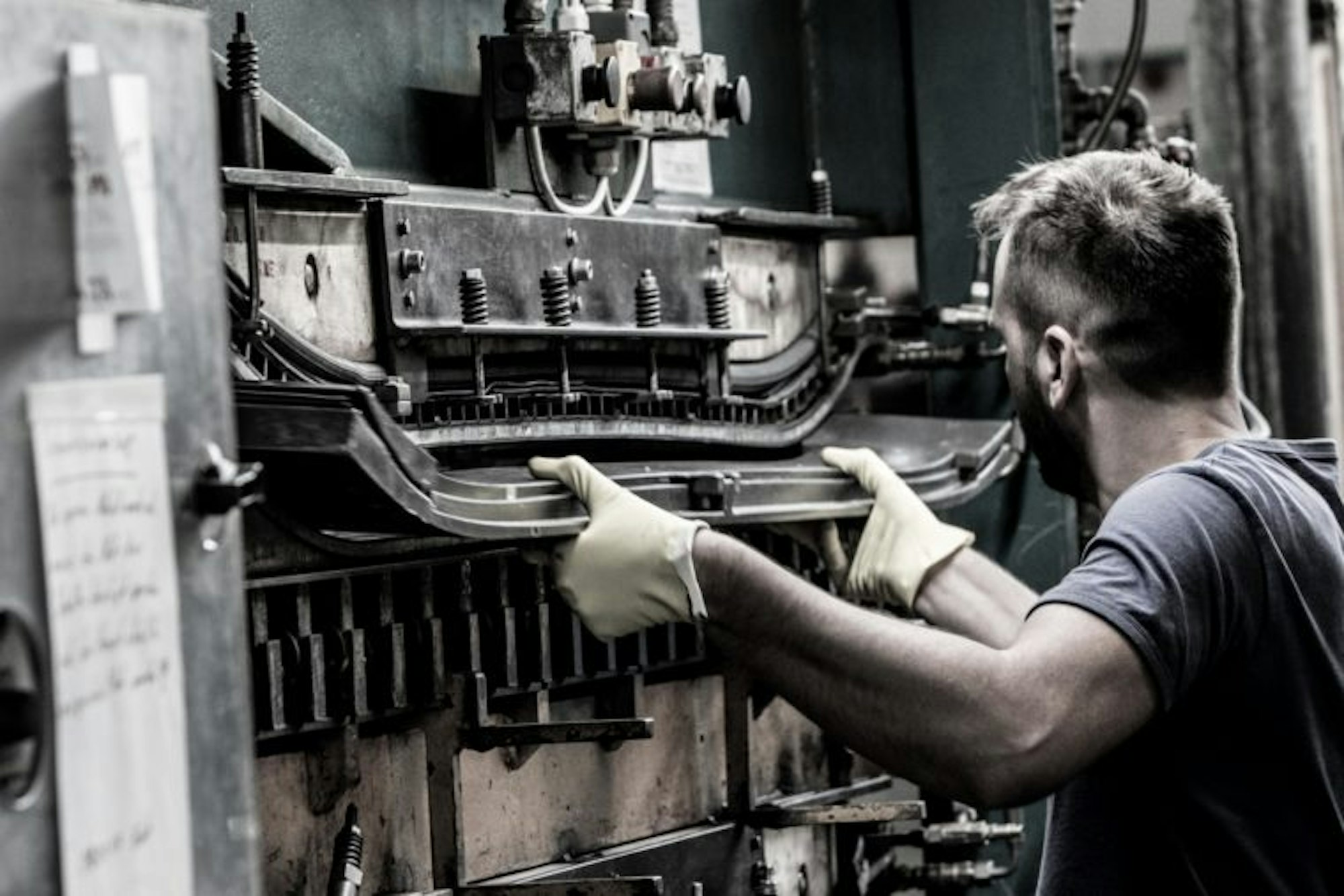
Placing Blizzard skis into the press in the company’s factory in Mittersill, Austria.
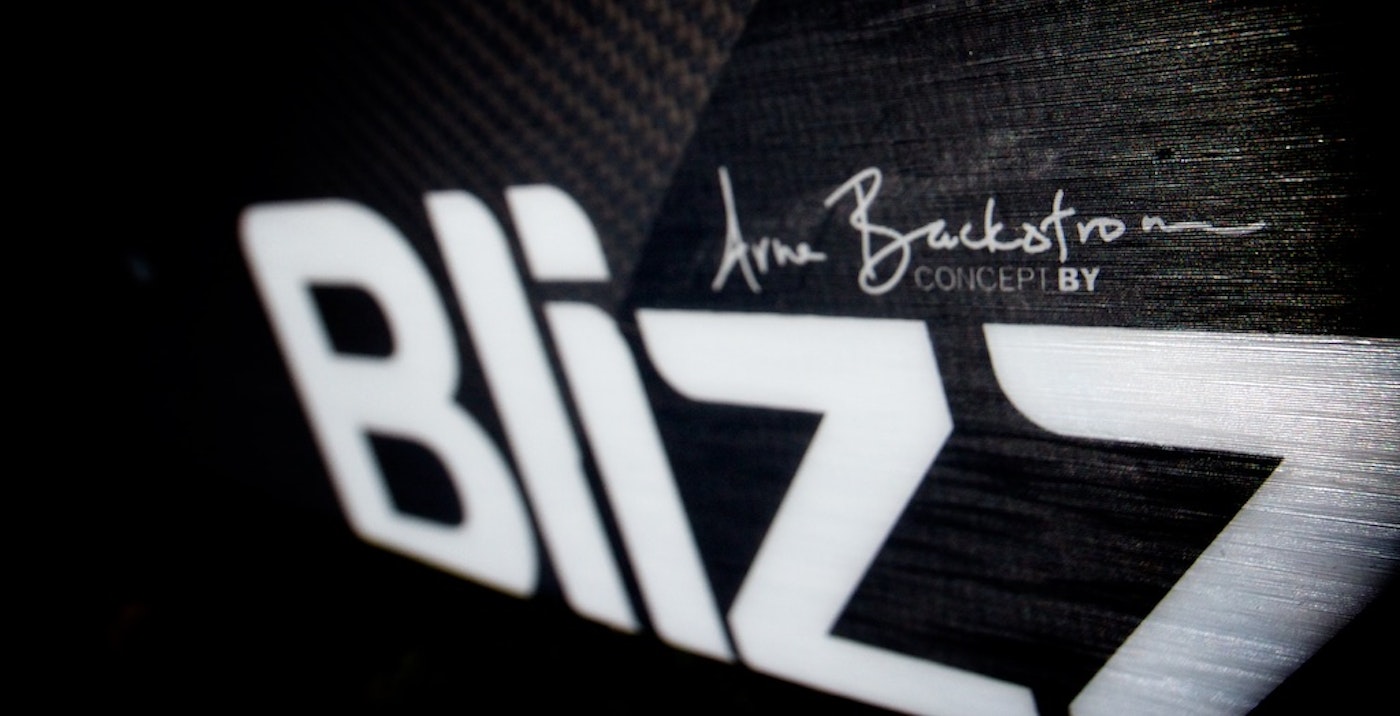
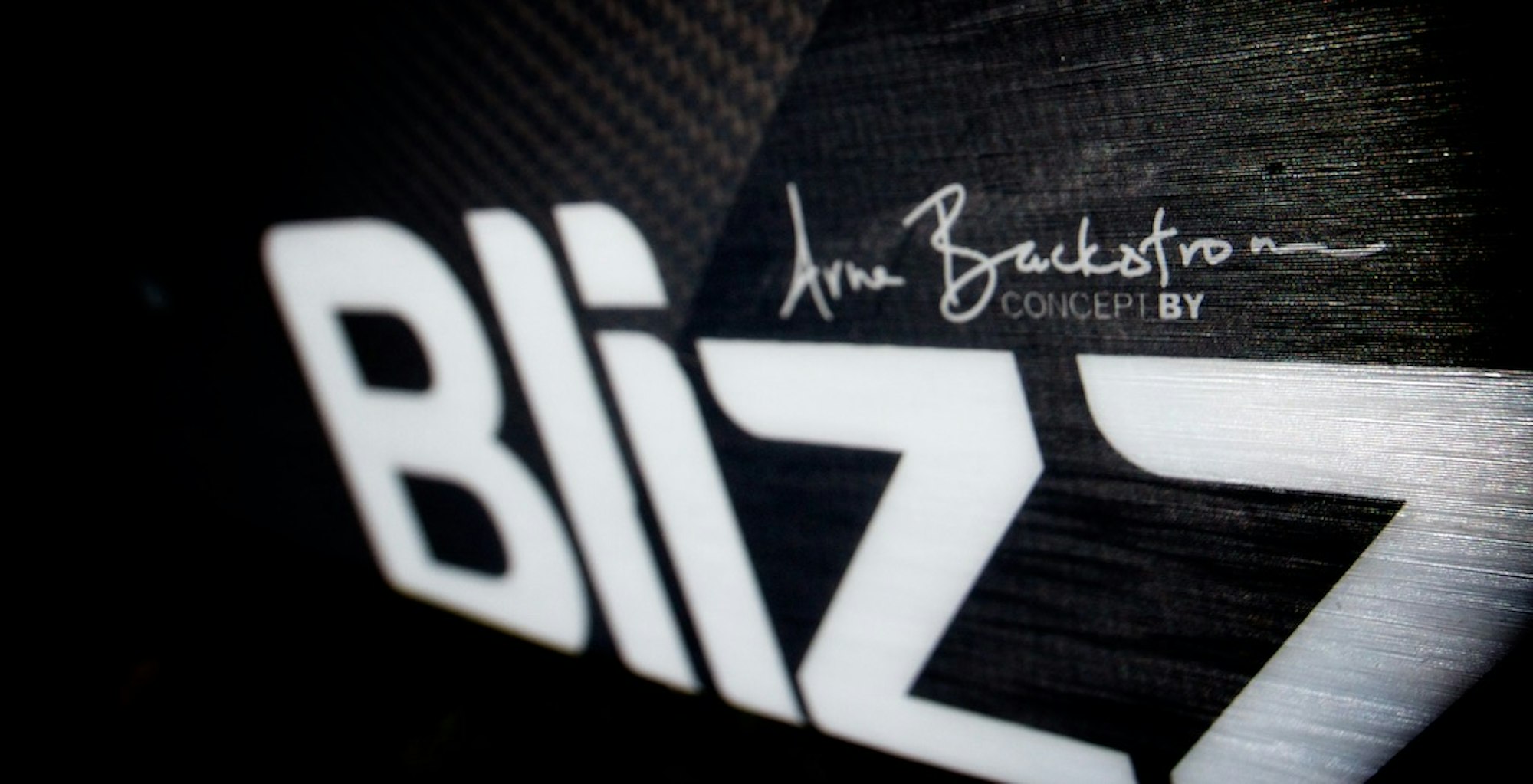
Even today, Blizzard’s skis feature Arne Backstrom’s signature as a nod to his legacy.
The upcoming (2021) series of freeride planks from Blizzard includes three revamped skis: Brahma, Bonafide and Black Pearl. What’s new is what’s inside, a completely redesigned wood core, complemented by a new sidecut and rocker profile. The new core is an intricate puzzle of beech and poplar wood, called “TrueBlend,” that’s aimed at providing a consistent flex and feel despite changing snow conditions; an idea complementary to Arne’s original suggestions. Blizzard touts itself as problem-solving brand that takes an objective approach to design. Its engineers focus on real-time issues experienced by skiers—and thoughtful, sometimes “out of the box” ways to solve these problems (cue Arne’s FlipCore). Despite not being a trained ski designer, Arne innately thought like an engineer, gifted with a scientific ability to tinker and a deep-rooted sense for ski performance.
Arne devastatingly lost his life during a big-mountain descent in Peru in 2010. Yet his legacy is survived in a number of ways, including the Arne Backstrom Memorial Fund, which helps youth groups gain access to the outdoors. Still, Arne’s influence on Blizzard’s freeride success story is undeniable—it maintains his signature on many of the skis made with FlipCore technology, even today.
It’s a subtle nod but one that reminds skiers of Arne’s legacy and the passion, prowess and intuitive thinking he brought to the sport. Every revolutionary idea starts somewhere. FlipCore just happened to get its beginning on a bar napkin.

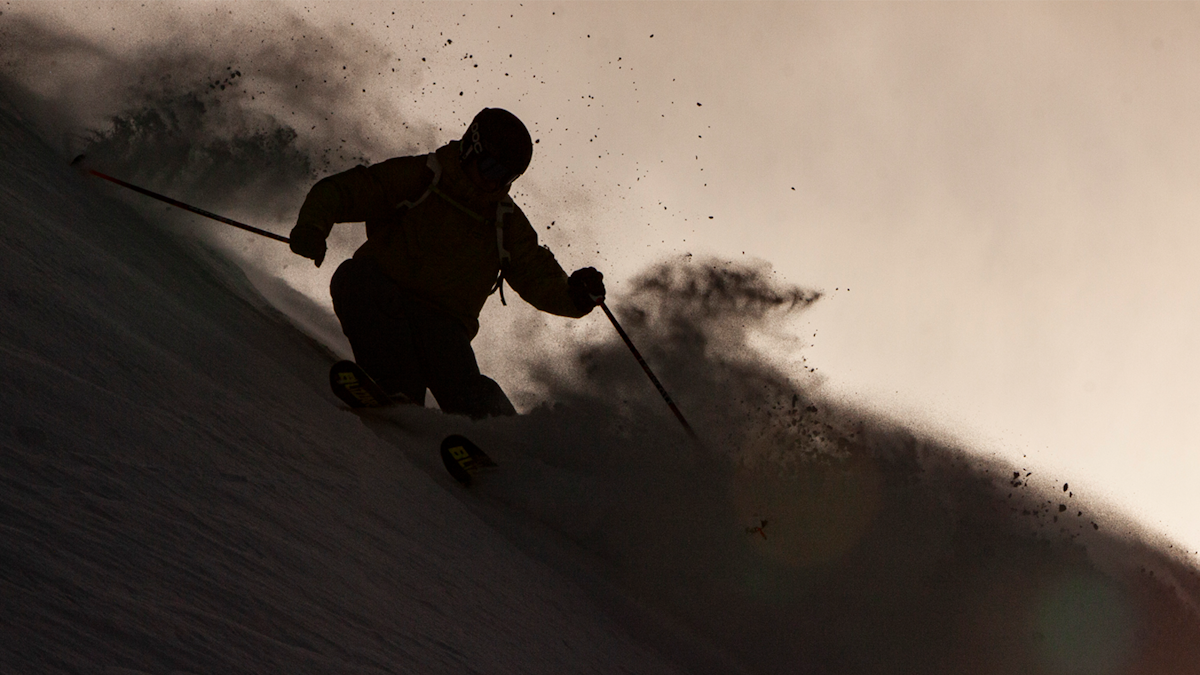
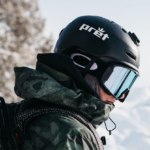
![[GIVEAWAY] Win a Head-to-Toe Ski Setup from IFSA](https://www.datocms-assets.com/163516/1765920344-ifsa.jpg?w=200&h=200&fit=crop)
![[GIVEAWAY] Win a Legendary Ski Trip with Icelantic's Road to the Rocks](https://www.datocms-assets.com/163516/1765233064-r2r26_freeskier_leaderboard1.jpg?w=200&h=200&fit=crop)

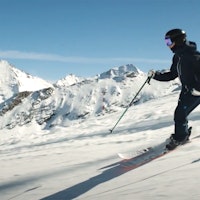
![[GIVEAWAY] Win a Legendary Ski Trip with Icelantic's Road to the Rocks](https://www.datocms-assets.com/163516/1765233064-r2r26_freeskier_leaderboard1.jpg?auto=format&w=400&h=300&fit=crop&crop=faces,entropy)




![[GIVEAWAY] Win a Head-to-Toe Ski Setup from IFSA](https://www.datocms-assets.com/163516/1765920344-ifsa.jpg?auto=format&w=400&h=300&fit=crop&crop=faces,entropy)


